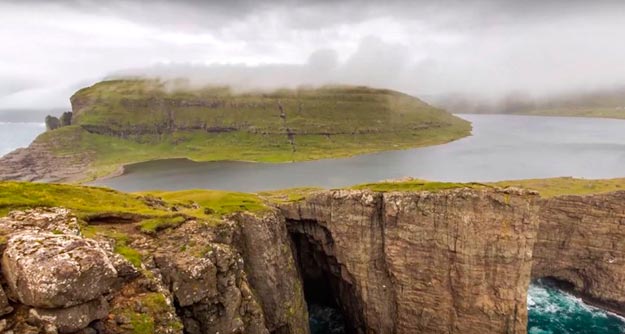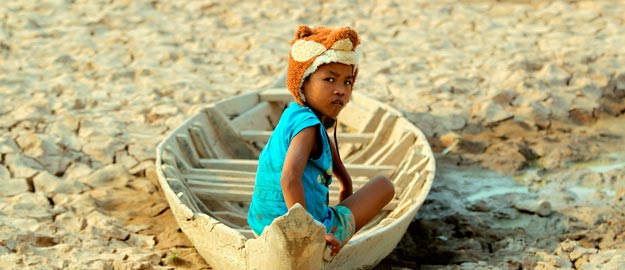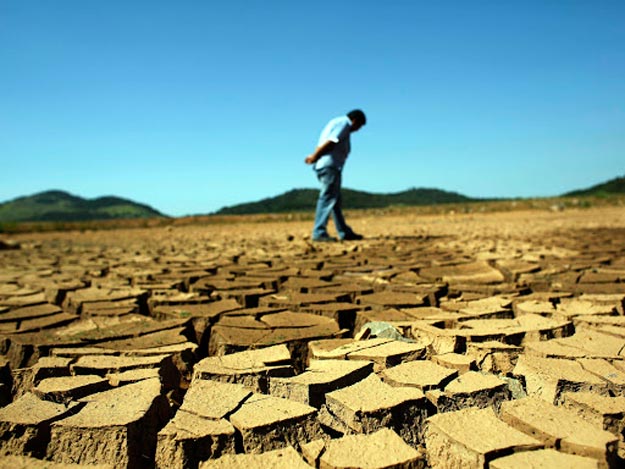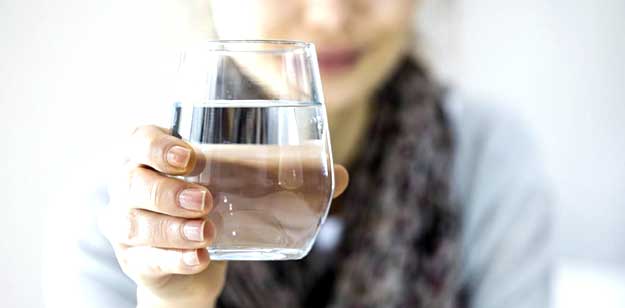The 2016 U.S. presidential election gave rise to concerns about how the next administration might—or might not—approach the challenges posed by climate change. Unfortunately, thus far, the current administration has not only ignored these challenges but also has taken steps to undermine efforts to combat them, such as announcing the U.S. intention to withdraw from the landmark Paris Agreement, rescinding the Clean Power Plan, and revoking former President Barack Obama’s Memorandum on Climate Change and National Security.
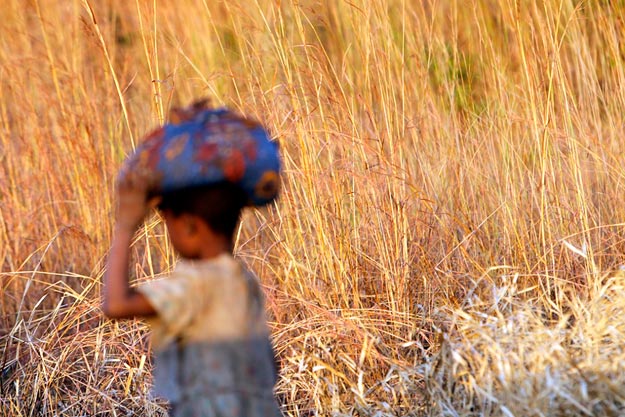
A young boy goes home with a bag full of grain he picked from a truck that overturned, in the forest in Machinga, about 200 kilometers northeast of Blantyre, Malawi, May 24, 2016.
Presenting one small sliver of hope at this year’s Conference of the Parties, acting Assistant Secretary for the Bureau of Oceans and International Environmental and Scientific Affairs in the U.S. Department of State Judith Garber noted that though “the United States intends to withdraw at the earliest opportunity, we remain open to the possibility of rejoining at a later date under terms more favorable to the American people.” However, the overall picture remains bleak. Read more

